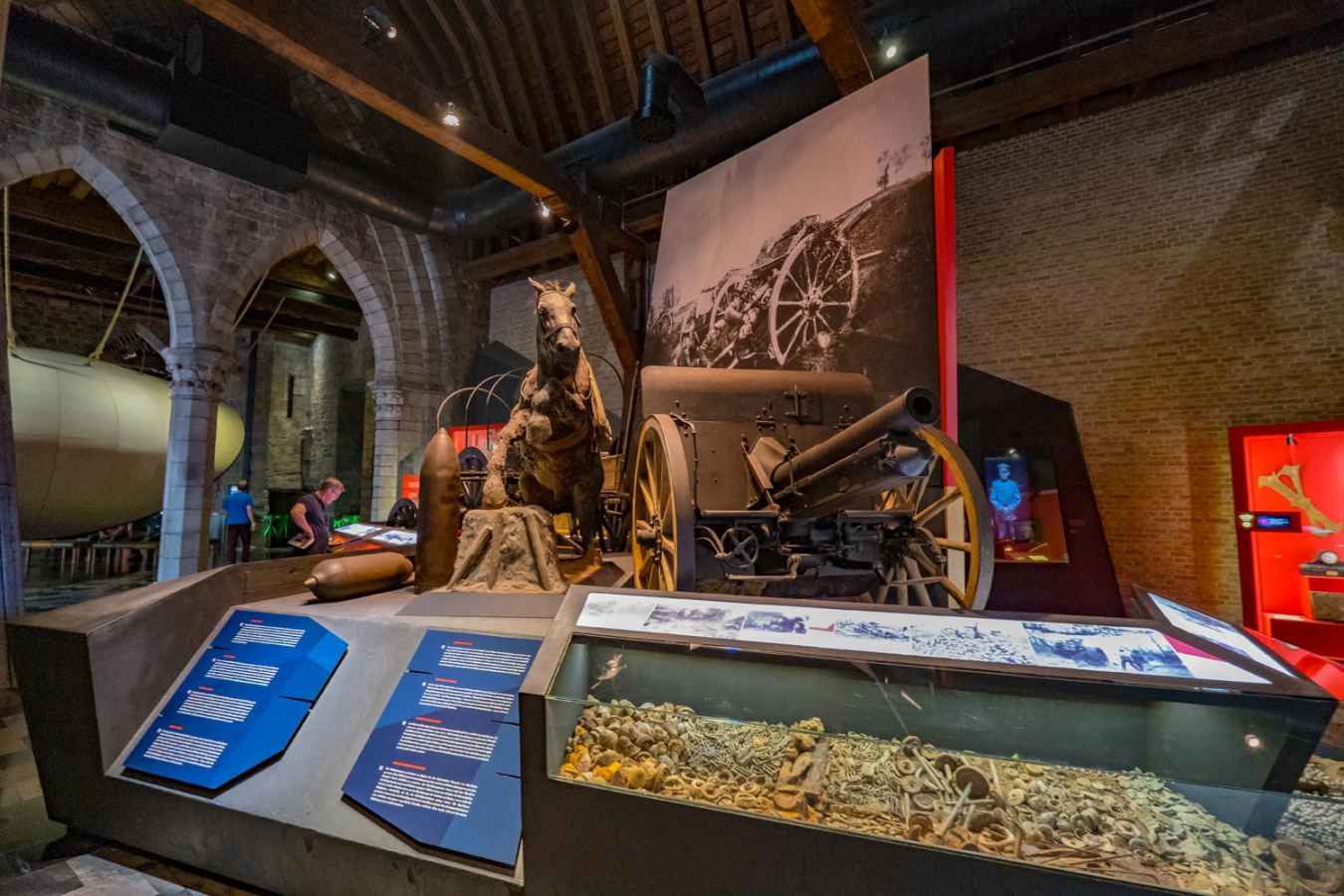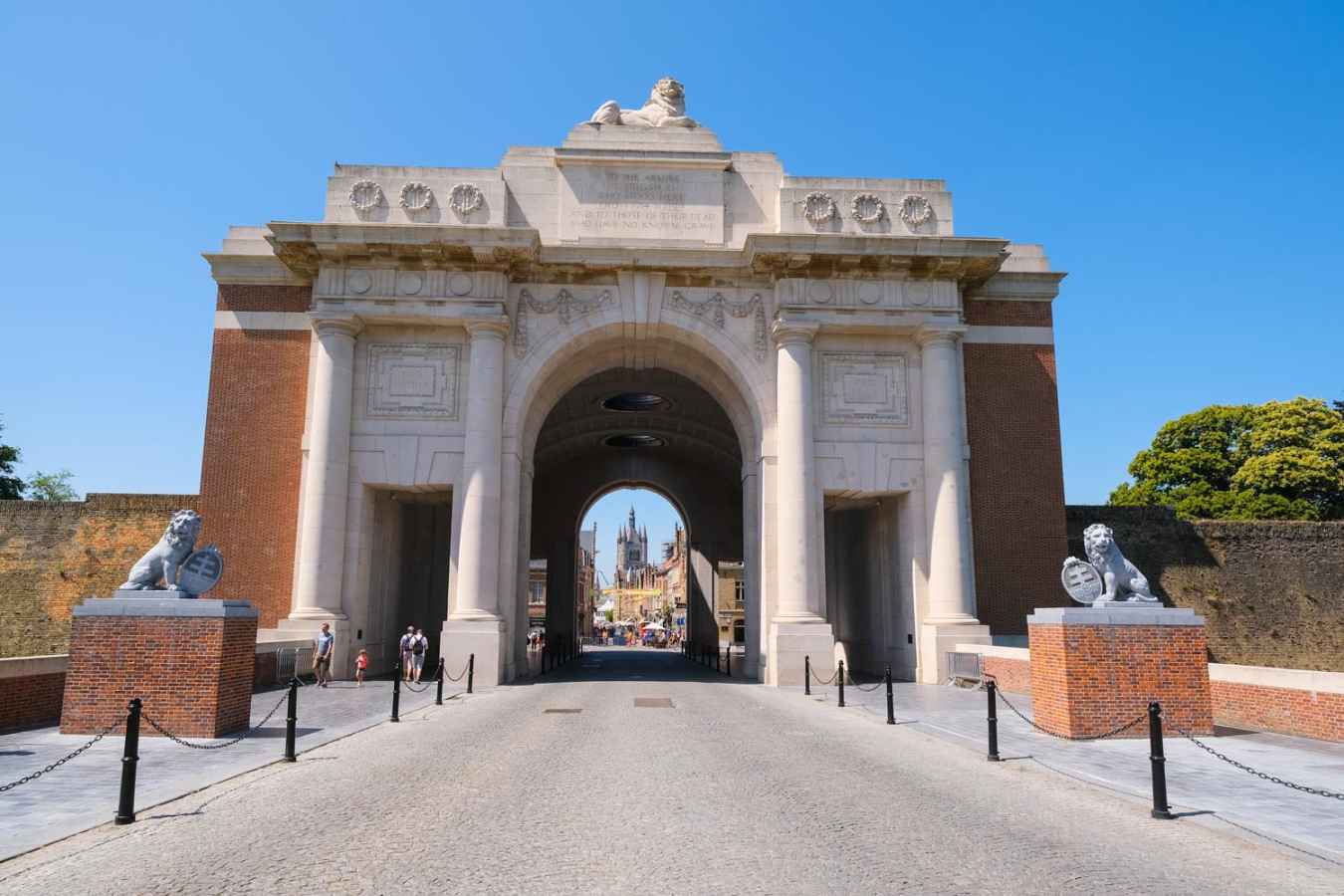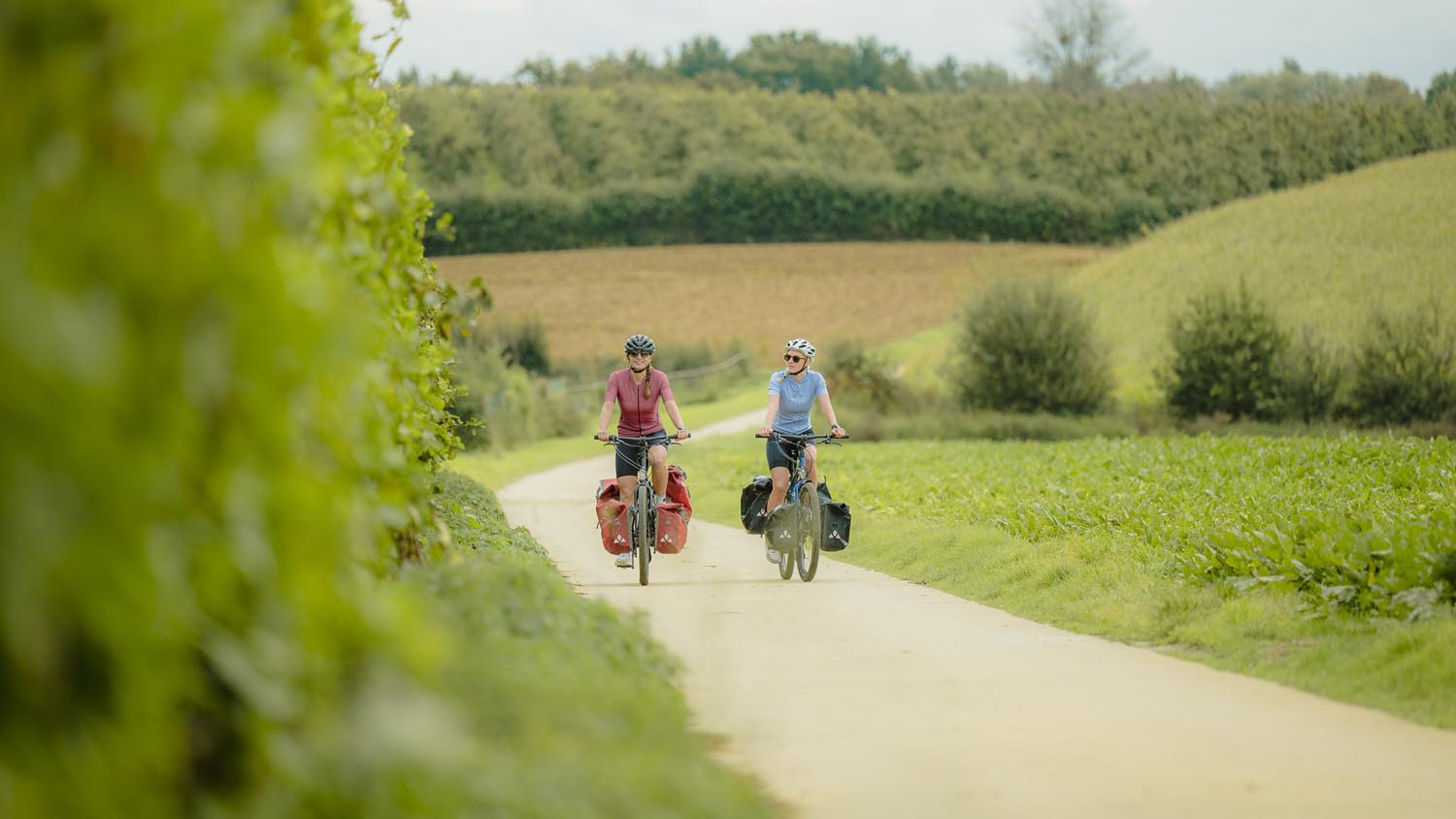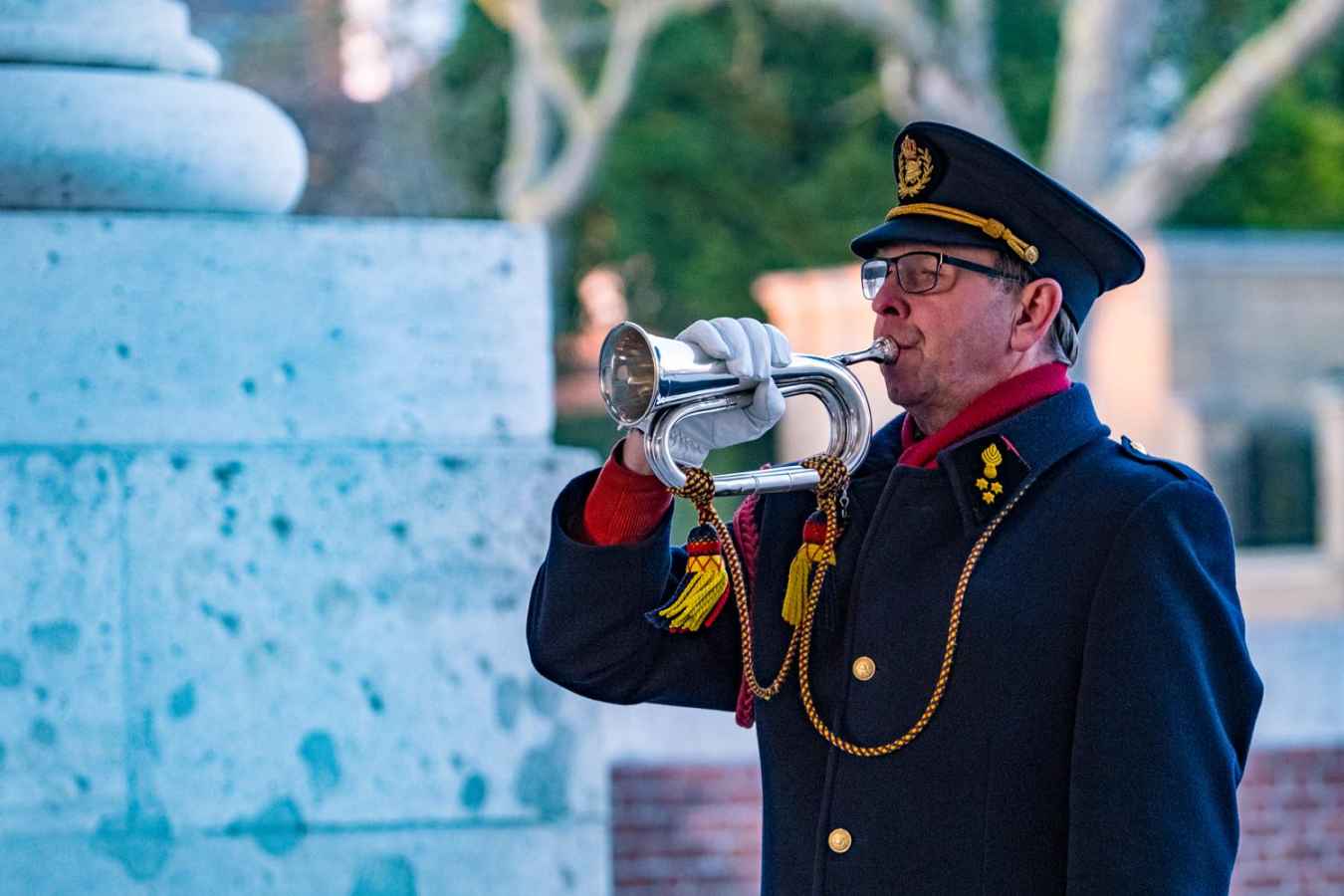Echoes Across Flanders
Ypres
A Journey Through Ypres and the Fields of Remembrance
Few European towns blend history and beauty quite like Ypres. Nestled in Belgium’s West Flanders region, this elegant city charms visitors with its cobbled streets, graceful façades, and lively squares filled with cafés serving excellent Belgian beer. It’s a region I’ve visited many times, not only for its accessibility but also for its superb cycling, equally appealing to families and seasoned racers. Nearby Brugge is often described as one of the most beautiful cities in the world, a perfect weekend escape, yet this visit was devoted to Ypres: smaller, quieter, but every bit as captivating.
Ypres is also one of the easiest historic destinations to reach from the UK. By car, it’s around an hour and a half from Calais, comprising of a straight, scenic drive past open farmland, or an easy connection via Eurostar to Lille, followed by a short local train.
I stayed at the Albion Hotel, a family-run property just a few minutes’ walk from the Menin Gate. Owned and managed by a welcoming mother-and-daughter team, my room was very spacious, well appointed, and importantly, quiet. It’s an ideal base being close to the main square, surrounded by excellent restaurants serving everything from traditional Belgian dishes to modern European menus, and with plenty of opportunities to sample the region’s celebrated beers. Ypres may be known for its history, but it’s also a thoroughly enjoyable city break for the whole family.
Over two days, I explored both sides of Ypres, its living culture and its enduring connection to the First World War. My itinerary included a private tour of the In Flanders Fields Museum, the nightly Last Post Ceremony, and a cycling journey across the peaceful farmland of the Flanders Fields, ending at the Memorial Museum Passchendaele. It was an experience that combined reflection with discovery and reminded me that Ypres is as much about renewal as remembrance.
The In Flanders Fields Museum
The In Flanders Fields Museum, housed within Ypres’ magnificent Cloth Hall, tells the story of the First World War not just through military history, but through the lives it touched. The museum’s mission is to conserve the link between the present and the war past, offering what it calls “a universal and contemporary message of peace.”
During my tour, my guide led me through a vast collection of objects, films, and photographs, arranged in a design that is sometimes dramatic, sometimes intimate, but always experiential. Hundreds of authentic artefacts and images line the galleries, each carefully curated to reflect both the magnitude of the conflict and its deeply personal impact.
Visitors receive a poppy-shaped identification bracelet on entry, allowing them to follow the story of a chosen war witness, perhaps a nurse, soldier, or civilian, in their own language. It’s an ingenious touch that humanises the history.
The museum’s themes unfold layer by layer: the people, the dead, the landscape, fine arts, and remembrance. Within these, individual stories reveal the war’s global reach, people from five continents and over a hundred nations took part in the conflict, each life as worthy of remembrance as the next.
More than 600,000 died in Belgium, over 550,000 in the Westhoek region alone. Almost 30,000 were civilians. Fine art pieces are interwoven through the exhibition, providing a reflective contrast to the devastation, while the final section explores how remembrance took shape in the years that followed.
Working within the framework of Ypres, City of Peace, the museum collaborates internationally to share its enduring message: that remembrance is not static, but a living dialogue about humanity and reconciliation.
Stepping outside into the main square, it’s impossible not to be struck by the beauty of the city that surrounds it. The Cloth Hall, painstakingly rebuilt after being reduced to rubble, stands as both a museum and a monument, an emblem of hope rising from destruction.
The Last Post Ceremony
Each evening at exactly 8pm silence falls at The Menin Gate. The Last Post Ceremony, held here since 1928, honours the memory of the soldiers of the former British Empire and its allies who died in the Ypres Salient during the First World War.
The ceremony is performed by the Last Post Association, an independent group of local volunteers who wear the uniform of the Ypres fire brigade, of which they are all members. The ceremony begins with the haunting call of the bugle, once used in the British Army to mark the end of the soldier’s working day, now symbolising a final farewell to those who fell, and the onset of their eternal rest.
The Reveille, played at the end of the ceremony, signifies both awakening and renewal, it is reminder that remembrance is not about lingering in grief, but moving forward with gratitude for what they did for us.
The ceremony is free to attend, open to all, and deeply moving in its simplicity. Arrive by 7:30 p.m. to find a good position. The arch is inscribed with more than 54,000 names of soldiers with no known grave. As the bugle notes echo through the city, time seems to pause. It is one of the most powerful acts of daily remembrance anywhere in the world, and it is kept alive by the people of Ypres themselves, with the intention that it will continue in perpetuity.
Cycling the Peace Route
The next morning, I joined Marnix Tolpe, a local guide, for a cycling tour along the Peace Route, a gentle 45-kilometre circuit through the rolling countryside surrounding Ypres. You can take an e-bike if you wish, though the route is mostly flat and peaceful. Like much of the cycling in this region, it follows quiet country roads and towpaths that even the most hesitant rider can navigate with ease. It’s on two wheels that you truly sense the subtle elevation changes, the modest rises that once served as the crucial high ground during battle. The remarkable thing is how gentle they are; not hills as you’d conventionally imagine, but soft undulations across the landscape.
Marnix is a gifted storyteller. He explained that when headstones stand side by side, it usually means the soldiers fell together, in the same place, at the same time. Across the region there are around 170 cemeteries containing 150,000 graves, roughly 100,000 of them named. Each one is immaculately tended, as though awaiting inspection from King Charles himself.
Large gaps without graves often mark sites where bombs fell or where the French later repatriated their soldiers. From some cemeteries, you can see the coastline on a clear day; from others, the spires of Ypres rising in the distance.
Even now, the land continues to reveal its buried history. A team of sixty specialists works full-time clearing unexploded bombs, chemical shells, and munitions, about 200,000 kilograms every year, a figure that has barely changed for decades. Only weeks before my visit, a group of locals attempting to disarm one themselves had been badly injured.
We stopped to see the Australian Brothers Memorial, where Marnix explained that the soldiers’ leg bandages, or puttees, originated in India, an inexpensive and practical way to protect against both barbed wire and snakes.
Along the route, red markings surrounding trees mark the former German lines, blue the British, with the space between representing no man’s land. Some of the bunkers that still dot the landscape once served as fortified command posts or field hospitals, many are now absorbed into farms, quiet reminders of a brutal past reclaimed by nature.
The Passchendaele Museum 1917
Our final stop was the The Passchendaele Museum 1917 in Zonnebeke, dedicated to one of the war’s most harrowing battles. The museum blends cinematic displays, artefacts, and personal accounts with realistic recreations of bunkers and trenches that visitors can explore. Marnix gave me a tour, providing enlightening information, that filled many gaps in my knowledge. He is a passionate WW1 historian, so can talk in detail with you about any aspect, especially regarding Flanders.
Descending into the dimly lit tunnels, the air cool and damp, I found it hard not to imagine the conditions soldiers endured, the mud, the darkness, the noise above. The exhibition is immersive but measured, presenting the horror of war with respect and restraint.
Marnix explained that canals were built in the area during the conflict but were never used, the ground was too unstable from shelling. Today, those same fields are lush and silent. Outside the museum, the surrounding parkland is serene, with walking paths and memorial gardens offering space to pause and reflect.
Ypres has rebuilt not only its architecture but its identity. It is a city of remembrance, yes, but also of warmth, hospitality, and hope. Visitors come for the history and stay for the culture, for the food, the friendliness, and the feeling that peace here is something actively protected.
If you plan to visit, take your time. Stay overnight to experience the Last Post. Spend a morning in the In Flanders Fields Museum, then explore the countryside by bike with a local guide. End the day at Passchendaele, and let the quiet of the landscape remind you of how far Europe has come.
In Flanders, the past is never far away, but neither is beauty. The fields are peaceful now, the beer is excellent, and the people, as they have done for generations, keep the light of remembrance gently burning.
Useful Links
https://www.inflandersfields.be/
https://passchendaele.be/en/home-en/
https://www.toerismewesthoek.be/en
https://www.visitflanders.com/en














